23 Engineer Regiment (Air Assault) was the unit designation for the airborne engineers providing close and general engineer support to 16 Air Assault Brigade, from 2003 to 2015, when the regiment was renamed as 23 Parachute Engineer Regiment.
The regiment was formed in 2003 but can trace its roots back to the beginnings of airborne operations during the Second World War.
23 Engineer Regiment was held at a very high state of readiness and regularly called upon to deploy on operations across the globe, available to be inserted by parachute, helicopter or fixed wing aircraft.
It relocated to Rock Barracks) just outside Woodbridge in Suffolk, in 2006.
When the regiment was renamed in 2015 it comprised 2 regular squadrons and a reserve squadron:
9 Parachute Squadron RE
51 Parachute Squadron RE
299 Parachute Squadron RE (R)
On 9 Oct 2013, 12 (Nova Scotia) Headquarters Squadron (Air Assault) RE of 23 Regiment was mothballed. The disbandment was marked with a parade at Rock Barracks which also saw 10 members of the squadron who have recently deployed to Afghanistan presented with Operational Service Medals.
The troops deployed from March to September to run a resources cell in Camp Bastion. Their role was to ensure that engineers working with troops on the ground had the equipment and material they needed, as well as preparing kit in support of the drawdown of British forces.
Major General Richard Davis CBE, Director General Army Recruiting and Training, presented the campaign medals before 12 Sqn marched off the parade square and into history.
On a previous deployment, on Operation Herrick XIII, 23 Regiment was responsible for:
The construction of two logistic support bridges on 'Highway 1', one of the most important roads in Afghanistan, following an insurgent IED attack which destroyed the existing road bridge.
The continuing involvement of five High Risk Search Teams from the regiment in the battle against IEDs, the Taliban's lethal weapon of choice.
The building of Route Trident, a vital tactical resupply route through the heart of some of the most dangerous parts of Helmand province. Working in constant danger of enemy attack, the engineers overcame huge technical challenges, requiring the most novel of construction solutions, with limited resources, in some of the most arduous conditions in the world.
The provision of combat engineering support to Operation TORA ZHEMAY ('Courageous Winter'), the clearance of insurgents from the tactically important town of Sayedabad. The operation lasted more than two months and involved the loading and movement of 614 aggregate trucks, under enemy fire, on fragile routes which required continual upgrade. It also required the construction of a new bridge, a new patrol base and five new checkpoints, and demolition of four old checkpoints.
Throughout the operation the soldiers lived in constant danger, in the most arduous of conditions, throughout the bitterly cold Afghan winter.
Read More

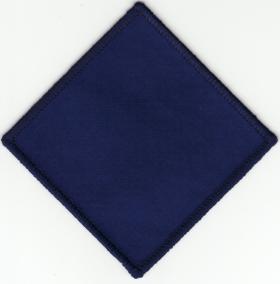
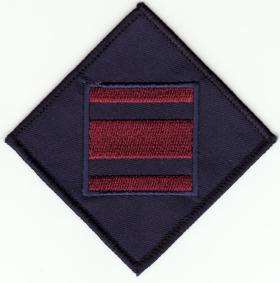
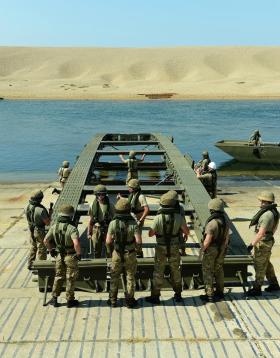
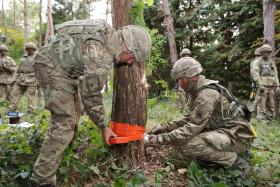
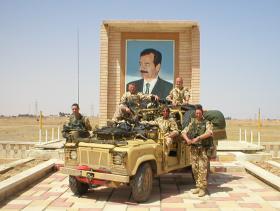
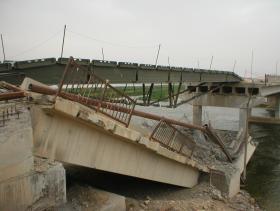
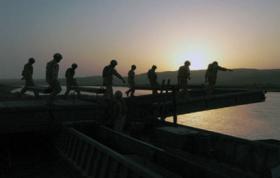
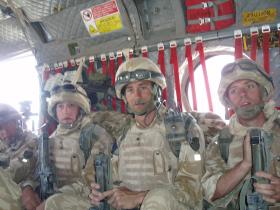

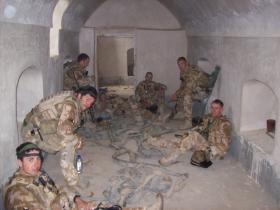
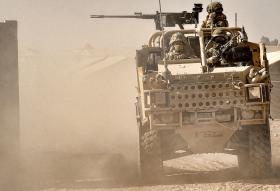
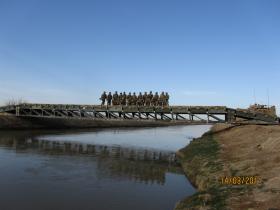
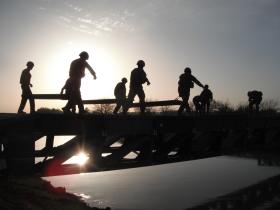
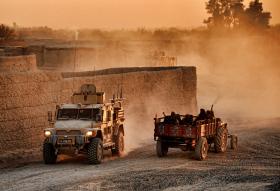
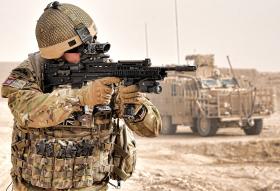
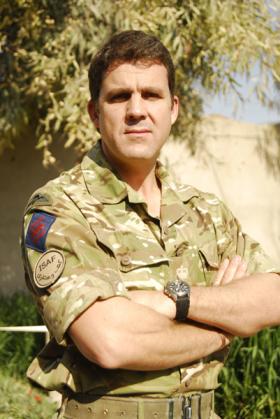
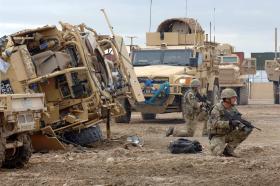
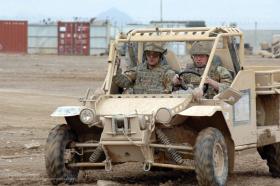
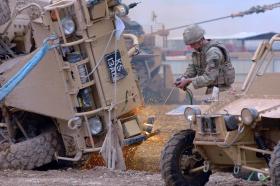
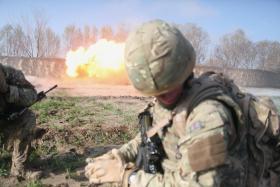
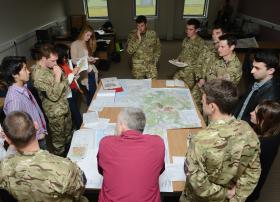
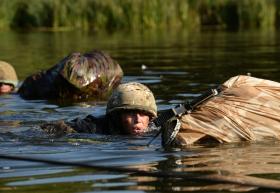
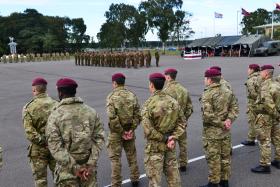
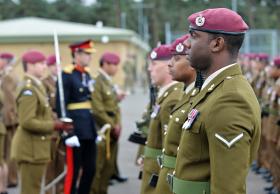
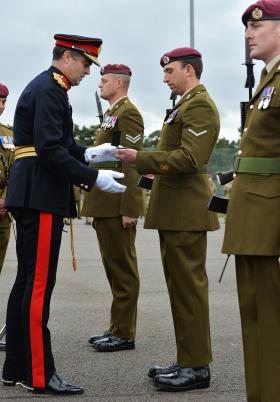
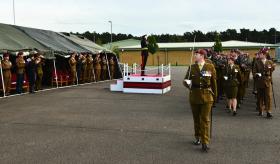
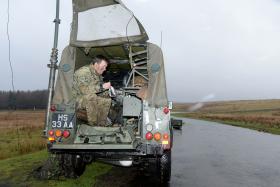
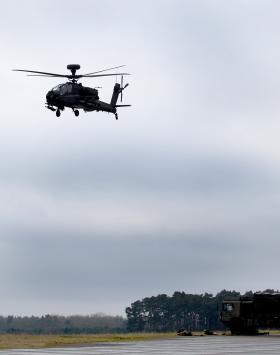
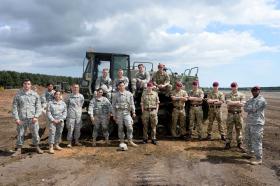
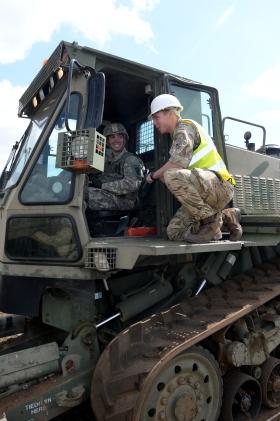
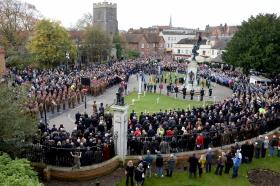
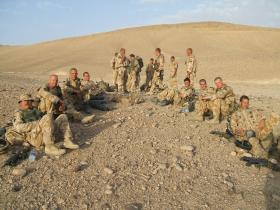
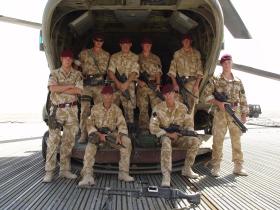
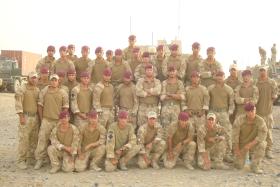
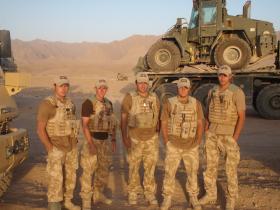
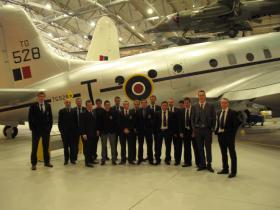
Latest Comments
There are currently no comments for this content.
Add Comment
In order to add comments you must be registered with ParaData.
If you are currently a ParaData member please login.
If you are not currently a ParaData member but wish to get involved please register.